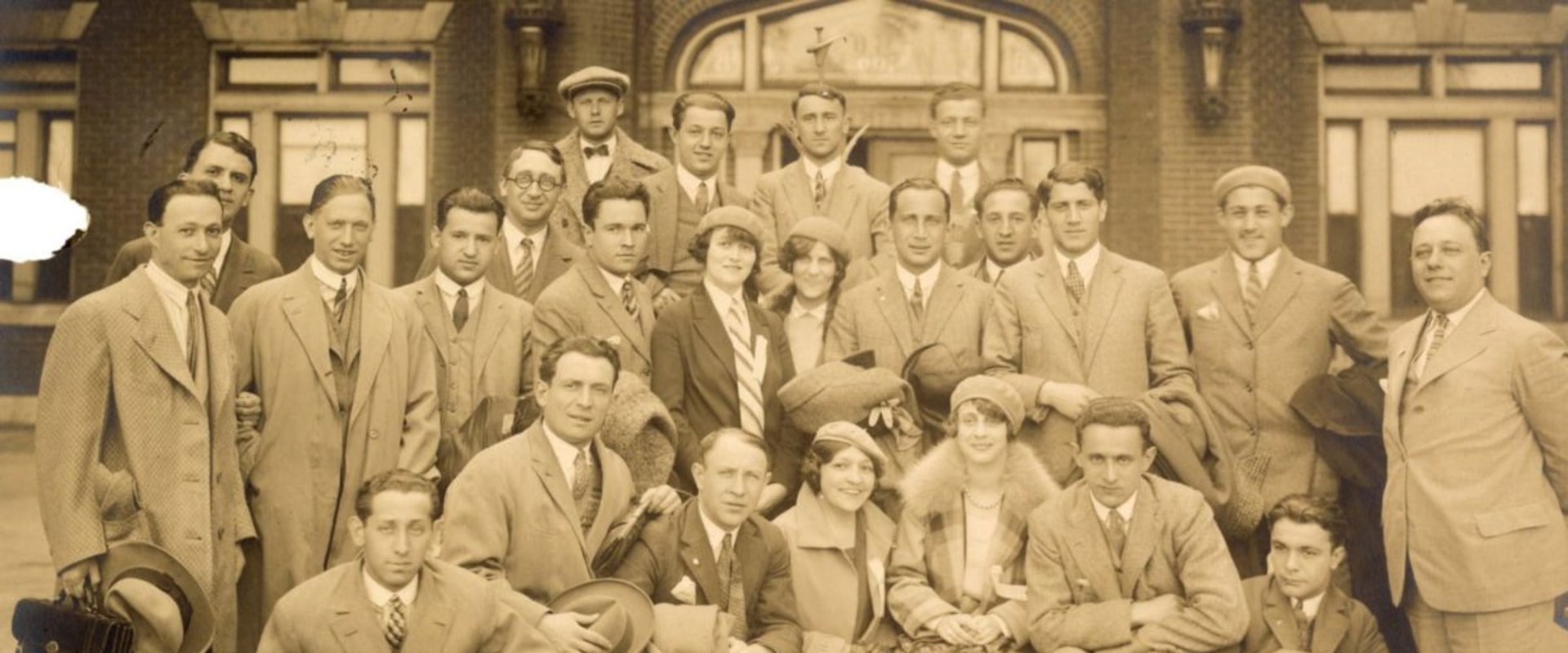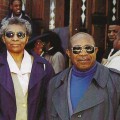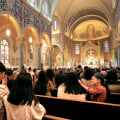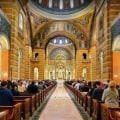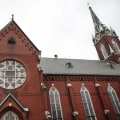The city of Saint Louis, located on the western bank of the Mississippi River in east-central Missouri, has a long and vibrant history of Jewish settlement. Before railroads replaced steamships and Chicago overshadowed Saint Louis, the city was ranked as the fourth largest in the United States. The first Jews to arrive in St. Louis were not practitioners of the religion and likely married each other, leading to a loss of identity.
It was not until 1836 that the first religious services were held, when ten men rented a small room above Max's Grocery and Restaurant on the corner of Second and Spruce Streets (now occupied by St. Louis' first synagogue, Shaare Emeth Congregation).In 1866, Shaare Emeth Congregation was organized with Rabbi S. Sonnenschein as its spiritual leader and Alexander Suss as its first president. Bennett and Andrea Goldstein are the current clergy.
In 1886, several dissatisfied members came together and, together with Rabbi Sonnenschein, they organized the Temple of Israel Congregation, with Isaac Schwab as president. Current spiritual counselors are Rabbi Amy Feder and Rabbi Michael Alper. There are also six regularly organized Orthodox congregations in the city. The Hebrew Society for Free and Industrial Schools, an organization for teaching Jewish history and religion to children, was founded by Rabbi H. Greensfelder as president; and the Jewish Alliance Night School for immigrants was founded a few years later by Professor Deutsch, chaired by Elias Michaels. The first National Conference of Jewish Charities was held in St.
Louis in 1885, with Marcus Bernheimer as president and Albert Arnstein as secretary. The Hebrew Relief Association was formed in 1871 after the devastating Chicago fire, which brought many Jewish refugees to St. Louis. In 1938, after the infamous Kristallnacht in Nazi Germany, the Council for Relations with the local Jewish Community was formed, bringing together under one umbrella a current total of 19 community Jewish relations, defense and communal groups. The current Jewish population in the San Luis area exceeds 60,000 in a metropolitan population of approximately 3,000,000 people. Synagogues and community organizations such as the Rohr Institute for Jewish Learning are active in St.
Louis. The St. Louis Jewish Light (first published in 1947; reorganized in 1966), the local weekly of the Jewish community, is also an excellent repository of information about St. Louis' Jewish community. In the 1970s, beginning with the formation of the Central Reform Congregation (and it is Rabbi Susan Talve), there has been a dramatic resurgence of the city's Jewish community, although it remains overwhelmingly majority-Jewish in Missouri and is still the largest urban area in the state. Before railroads replaced steamships and Chicago overshadowed Saint Louis, Saint Louis was ranked as the fourth largest city in the United States.
Other groups came together in 1901 to create the Jewish Educational and Charitable Union) to better coordinate all Jewish philanthropic campaigns. When Ulysses S. Grant issued his infamous anti-Semitic Order II in 1862 against Jews in territories occupied by the Union, Mayer Friede (1821-1888), jeweler and founder of B'nai El who was Missouri's first Jewish representative in the state legislature denounced it on the floor of House of Representatives. Today's St. Louis is home to a vibrant Jewish community that continues to grow and thrive despite its long history of persecution and discrimination. With its rich cultural heritage and strong sense of identity, St.
Louis is an ideal place for Jews to live and work.
